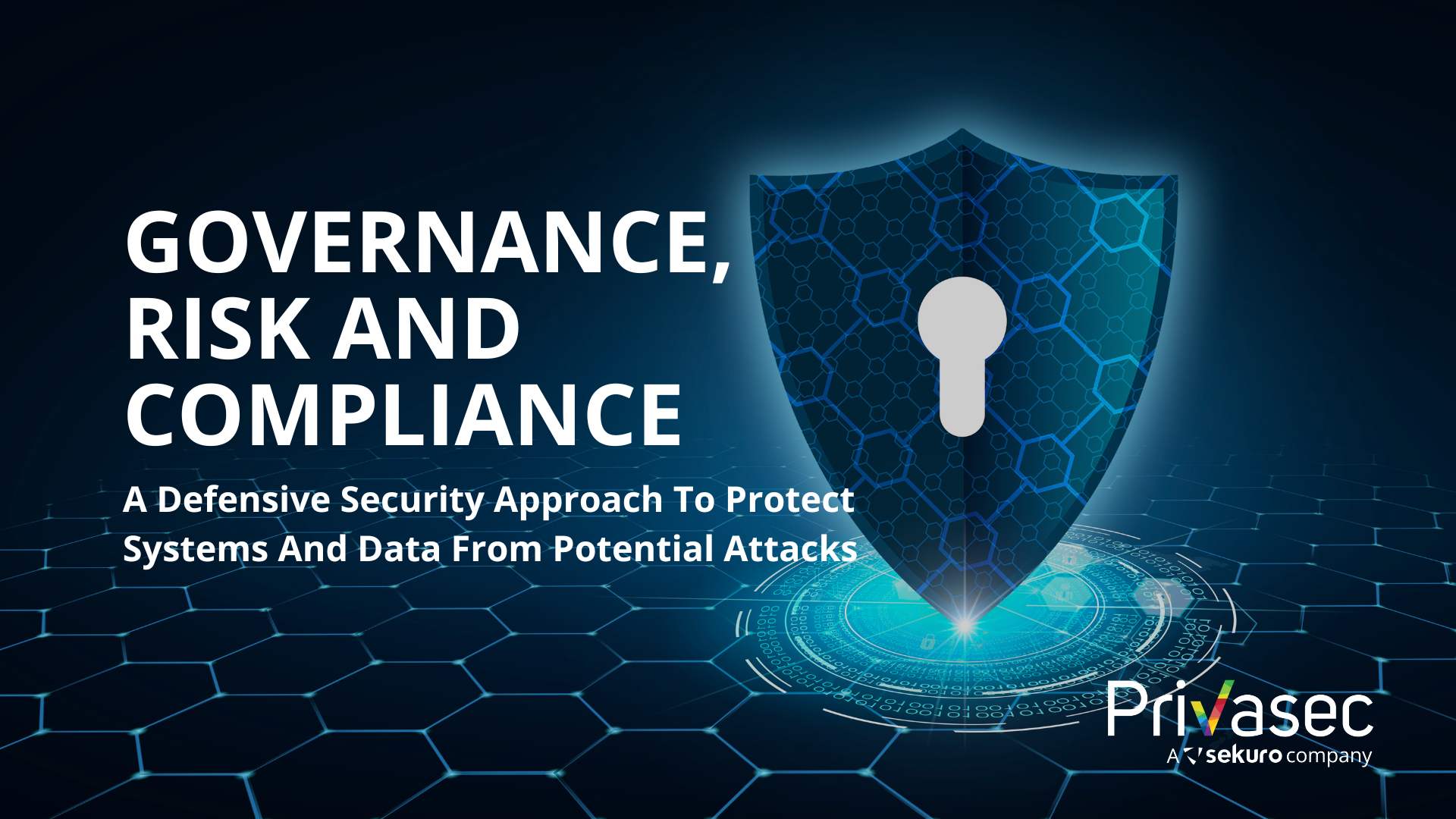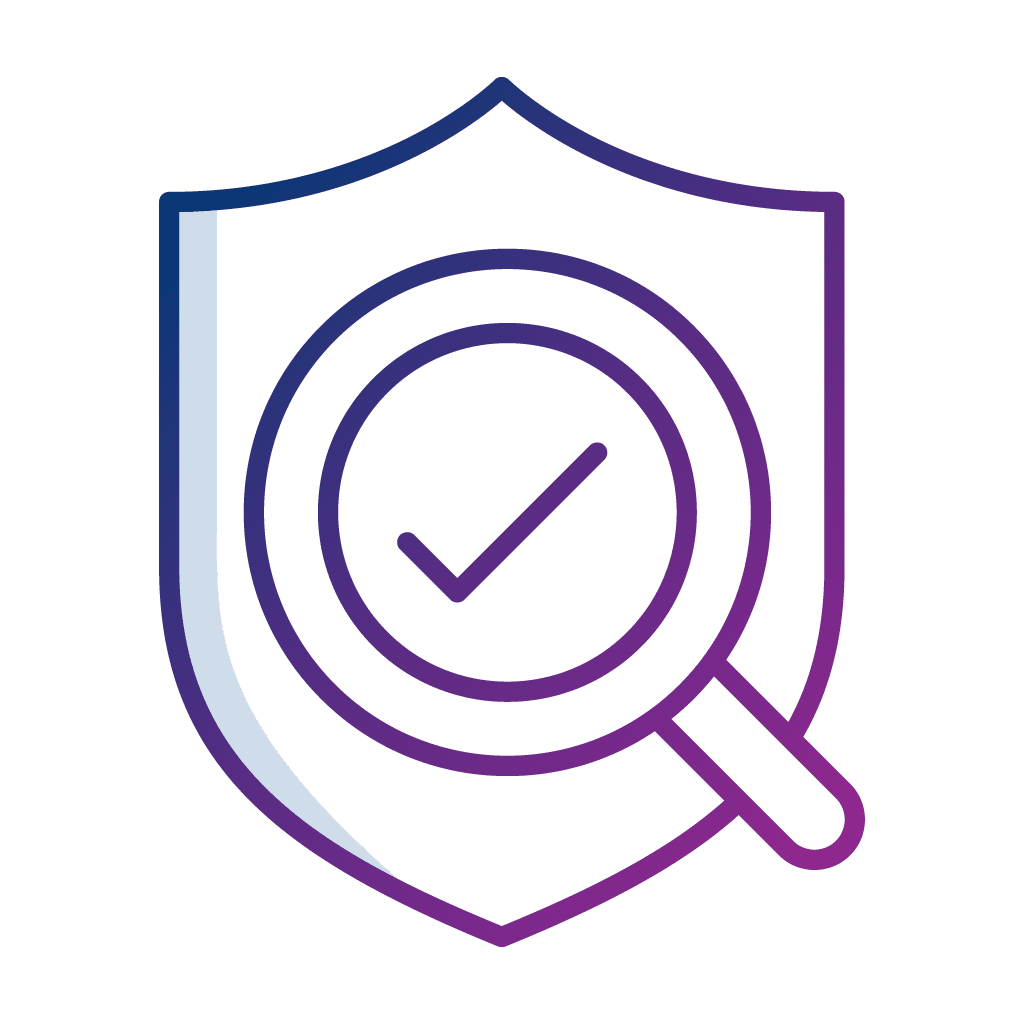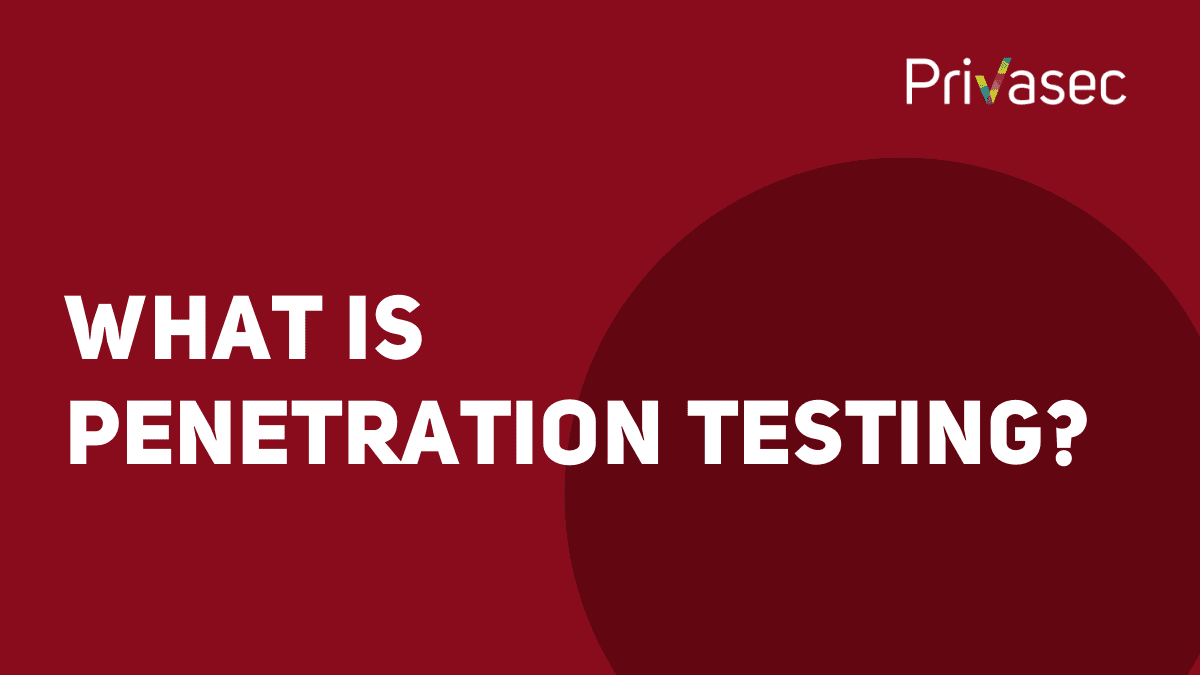In today’s digital landscape, businesses face increasing cybercrime threats, with the cost predicted to reach $8 trillion in 2023 and will grow to $10.5 trillion by 2025, according to Forbes. Furthermore, attackers now leverage technologies like Artificial Intelligence(AI) and Machine Learning (ML) to explore more complex attack vectors. Some examples include Deep Fakes for Phishing using Artificial Intelligence and the discovering and exploiting vulnerabilities in threat detection models with Machine Learning.
Amidst these turbulent times, it is paramount for organisations to prioritise cybersecurity and develop a comprehensive security strategy with a multi-faceted approach to effectively protect our people, processes, and technologies.
In this blog post, we will first explore the different approaches to offensive (RED) and defensive (GRC) security. We will also discuss how balancing both approaches would be essential to a robust organisational cybersecurity posture.
Addressing different aspects of cyber security, offensive and defensive security approaches are complementary. Offensive security helps identify vulnerabilities, enhance threat detection, and improve incident response readiness. On the other hand, defensive security measures provide preventive measures, compliance frameworks, and risk management strategies.

Offensive Security (RED)
Offensive Security (RED) is a proactive approach to identifying vulnerabilities within an organisation’s security infrastructure. This involves testing an organisation’s security defences by simulating an attack on its systems, applications, and network infrastructure. The main objective of offensive security is to identify potential gaps and vulnerabilities in an organisation’s security posture that attackers may exploit.
Examples of RED Team services:
- Vulnerability Assessment and Penetration Testing
Attack simulation on the organisation’s systems to identify vulnerabilities and weaknesses that attackers could exploit. - Social Engineering
Phishing campaigns test employees to reveal sensitive information, such as usernames or passwords. - Physical Intrusion
Attempts to gain unauthorised access to protected areas in an organisation’s facilities. - Application Security Testing
Attack simulation on the organisation’s applications, such as web or mobile applications, to perform unintended functions or to gain access to sensitive information. - Cybersecurity Tabletop Exercise
A tabletop exercise is an attack simulation tailored to assess the organisation’s incident response plan, identifying potential gaps and areas of improvement to be proactively mitigated.
A RED Team engagement provides an objective assessment of an organisation’s security posture. Through attack simulations of real-world adversaries, the RED Team can identify and uncover the vulnerabilities and weaknesses missed during traditional testing models. This allows organisations to take proactive steps to improve their security defences and reduce the risk of a security breach.
At Privasec, our penetration testing methodology references various penetration testing standards, such as the Penetration Testing Execution Standard (PTES), Open Worldwide Application Security Project (OWASP), NIST SP 800-115, and many others. The RED team can then help an organisation prepare for real-world attacks by providing insights into how attackers might attempt to exploit vulnerabilities within their environment.

Defensive Security - Governance, Risk & Compliance
Governance, Risk and Compliance (GRC) is a defensive security approach that focuses on protecting systems and data from potential attacks.
Defensive Security encompasses measures and practices that aim to prevent, detect and respond to security incidents, it enables organisations to align their information security efforts with their business objectives and regulatory requirements. Furthermore, GRC involves integrating information security into an organisation’s overall cybersecurity governance, assessments, management, and compliance processes. Hence, this allows organisations to manage their cybersecurity risks effectively.
Examples of GRC Services:
- Governance and Strategic Planning
Establishment of policies, processes and standards for information security and assigning responsibilities for security oversight and management. - Cybersecurity Risk Management and Assessments
Through cybersecurity risk assessments, organisations can efficiently allocate their security resources to mitigate the relevant security risks to their systems, networks, and data, according to their risk appetite. - Compliance with Regulatory Requirements and International Standards
Ensure the organisation’s compliance with the relevant industry regulatory requirements for information security, cyber security and data privacy with regular security audits and assessments. Organisations can also provide security assurance to relevant stakeholders by aligning with international standards such as ISO 27001, SOC 2 or NIST. - Data Protection Services
Data privacy is a growing concern among consumers in today’s digital age, and it is vital that organisations ensure robust data protection strategies to safeguard their Personal Identifiable Information (PII). This includes compliance with regulatory requirements such as PDPA, GPDR or obtaining the DPTM Certification in Singapore.
Find out more about our Governance, Risk and Compliance services here.

Two is Better than One
While it may seem opposing, a balanced approach with both Offensive and Defensive Security strategies is often the most effective. A robust offensive security approach (RED) enables organisations to proactively identify and address vulnerabilities before they can be exploited. On the other hand, a strong defensive approach with Governance, Risk And Compliance (GRC) strategy ensures that organisations can efficiently identify, mitigate, and respond to their security risks and cyber threats.
By combining proactive offensive security measures with comprehensive defensive security strategies, organisations can create multiple layers of protection, significantly enhancing their resilience against cyber threats.
A table exercise is an engagement that brings together key stakeholders in an organisation to discuss and evaluate their incident response plans in a simulated scenario of real-world adversaries. The stakeholders include executives, IT, legal, communications and compliance personnel, which would test both the technical capabilities of the organisation and their ability to respond to potential threats and adversaries. This would also include consideration of the GRC aspects, such as compliance with the regulatory bodies and adherence to the overall Incident Response Policy document.
Threat Hunting
Threat hunting leverages on RED Teaming techniques, such as penetration testing and social engineering, to help identify any potential threats and vulnerabilities in an organisation’s systems, network and infrastructure. Integrated with the GRC services, with the use of cybersecurity risk assessments and software architecture reviews, this help identifies the most critical assets and systems to prioritise for hunting. Furthermore, compliance audits would also be done to ensure that the organisation adheres to industry standards and regulations.
Conclusion
In conclusion, combining Offensive (RED) and Defensive (GRC) Security is paramount for protecting an organisation’s security posture in today’s rapidly evolving cybersecurity landscape. With a combination of RED Team’s proactive approach and GRC’s security strategic approach, organisations can establish a holistic and comprehensive cybersecurity governance framework for cybersecurity essential to protect their assets.
This approach would also help organisations stay ahead of emerging security threats and trends, ensuring they are prepared to defend against new and evolving cyber threats.
Author:
Jonathan Tan, Senior Offensive Security Consultant
Jonathan is well experienced with both defensive and offensive security. With great technical experience and capabilities, he works with various government agencies, schools, hotels and financial institutions to assess security controls in place through red teaming and adversary simulation exercises, tabletop exercises, penetration testing and security reviews.
Related Posts:
Secure your business with us
Simply drop us an email at [email protected] or call us at +65 6610 9597 (SG) / 1800 996 001 (AU) for more details

















